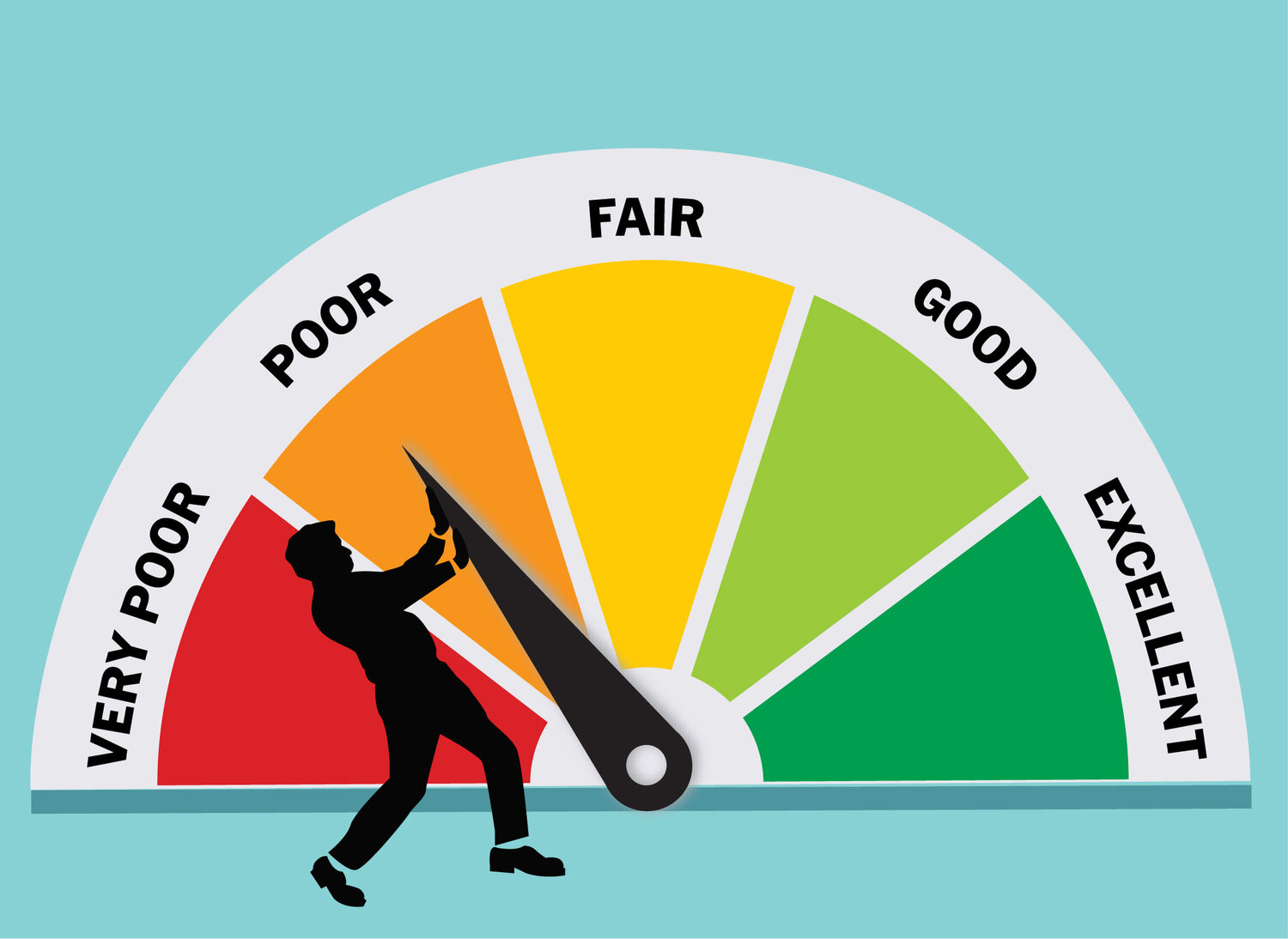Owning a business often means encountering financial hurdles. If your credit score has hit the 500 mark, you might be wondering, “Can I even secure a business loan with this score?” At JPM Capital, we specialize in providing diverse funding solutions, understanding the nuances that come with different credit backgrounds. Here’s what you need to know:

Understanding the Implications of a 500 Credit Score
A credit score hovering around 500 is considered below average in the UK. This can be a significant barrier when seeking traditional business loans, as banks perceive a higher risk associated with such scores. However, all hope is not lost.
According to Experian, one of the largest credit bureaus in the UK, almost 31% of consumers have credit scores that fall under the ‘Very Poor’ to ‘Fair’ category.
Despite a 500 score, solutions exist within the realm of alternative finance, especially designed for business owners facing these challenges.
Exploring Your Options with JPM Capital
Bad Credit Business Loans
If you’re specifically searching for bad credit business loans, it’s crucial to understand that lenders will assess your risk differently. The loans available to you may have higher interest rates compared to those offered to borrowers with better credit scores.
Alternative Finance Solutions
Alternative finance is a broad term that encompasses various funding options outside traditional banking. These could be a fitting solution for those who have faced credit challenges.
- Invoice Financing: This involves using your unpaid invoices to secure a loan.
- Merchant Cash Advances: Based on your credit/debit card sales, suitable for businesses with significant card transactions.
- Asset Financing: Using your business assets to secure a loan.
VAT Funding and Tax Funding
Managing cash flow is particularly challenging when tax deadlines approach. If your credit score is limiting, consider VAT funding or tax funding. These options allow you to spread the cost of your tax liabilities.
The Scope of Your Loan
How big of a loan can you get with a 500 credit score?
The loan amount depends significantly on the lender’s assessment of your risk profile and your business’s financial health. Typically, loans can range from £1,000 up to £500,000. However, with a score around 500, you might expect amounts on the lower end of this spectrum.
Navigating Business Loans with Bad Personal Credit
Can I get a business loan if my personal credit score is bad?
Yes, it’s possible. Lenders like JPM Capital understand that your personal credit doesn’t always reflect your business’s performance. Specific products are designed to support business growth despite personal financial history.
Sole Traders: A Special Consideration
Can I get a business loan as a sole trader with bad credit?
Being a sole trader means personal credit impacts business funding more directly. However, options exist, such as secured loans or working capital funding, providing the cash flow boost needed to continue operations, even with credit hurdles.
Featured Snippet: Minimum Credit Score for Business Loan
What is the minimum credit score for a business loan? There isn’t a definitive ‘minimum’ credit score for business loans across the board. Traditional banks might seek scores of 660 and above, but alternative lenders provide options for scores lower than 600. At JPM Capital, we assess your business’s overall financial health, not just your credit score.
Conclusion
Your journey doesn’t end at a 500 credit score. With JPM Capital, you can explore various avenues, whether it’s refurbishment/expansion funding for growth or specific products tailored for lower credit scores. Remember, each business’s path is unique — and the right funding solution awaits.
FAQs About Business Loans with a 500 Credit Score
- How big of a loan can you get with a 500 credit score?
- Amounts vary, typically lower, but tailored financing options exist.
- What is the minimum credit score for a business loan?
- Traditional lenders prefer 660+, but alternative options accommodate lower scores.
- Can I get a business loan if my personal credit score is bad?
- Yes, through products considering overall business performance.
- Can I get a business loan as a sole trader with bad credit?
- Yes, with options like secured loans or working capital funding.
Discover more about how your business can navigate around credit challenges through our blog, providing insights and latest trends in the funding landscape.